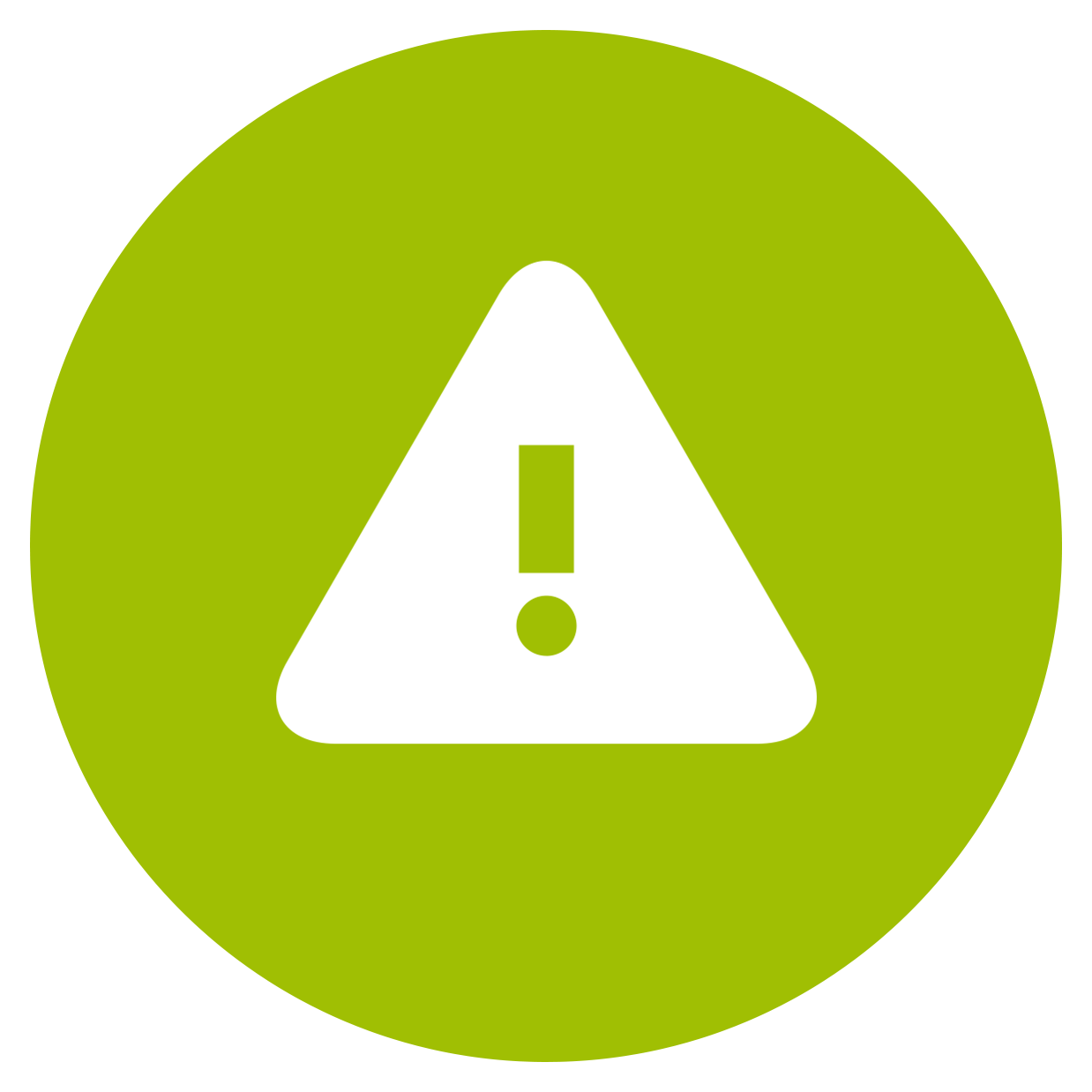Improving CSAT:
7 Ways to Increase Customer Satisfaction Score
Written by Support EXP


On average, customers who have a positive experience with your business spend 140% more than those who have a negative experience.*
Consumers are willing to pay 17% more if you have a reputation for good service, and satisfied customers are five times more likely to buy from you again.
With statistics like these, it’s clear that customer satisfaction is an integral part of a good business strategy. One of the most popular ways to measure customer satisfaction is the Customer Satisfaction Score or CSAT.
This metric asks customers to rate their satisfaction with the brand, giving businesses valuable insight into how well they’re doing with buyers.
How can you improve if your CSAT score isn’t as high as you’d like it to be?
Below are some tips to help you understand customer satisfaction, strategies for improving engagement, and advice to increase your CSAT and better serve customers.
Key Takeaways:
- Because positive experiences increase the likelihood of repeat business, Customer Satisfaction Score (CSAT) provides valuable insight into how customers perceive your business.
- Understanding what the customer experiences at every step of their interactions with you can help build a strategy that focuses on specific problems your customers face.
- Employee training on interacting with customers, along with proactive customer support, can boost positive customer feelings about your brand.
Step 1: Follow the Customer Journey
The first step to increase customer satisfaction is to put yourself in the customer’s shoes.
You should know what a client experiences at every step of interacting with your products and services.
With this knowledge, you can build a targeted strategy that focuses on problems your customers face rather than generic fixes that don’t address real needs in your company.
Go Through It Yourself
The best way to research your customer journey is to go through it yourself. Determine the product or service you want to focus on and go through the same steps as your customers.
What are the friction areas? What aspects went well?
Record your findings at each step for evaluation.
Go Through It Yourself
While going through the customer journey yourself provides an invaluable look at your company, don’t stop there.
Collect opinions from real customers to see what their experience was like.
You can send a short, targeted customer satisfaction survey asking about the customer’s experience with your website, help desk, live chat, and anything else you’d like to know about.
To get the most out of these surveys, take a look at your notes and ask customers about areas you identified as possible pain points. Do buyers agree? Are there additional areas of improvement you missed?
Collect as much feedback as possible for an accurate picture of customer satisfaction.
Identify Pain Points
Now that you’ve collected the data, it’s time to make sense of it. Look out for the four main types of pain points that your customers might be experiencing:
Financial pain points
If your customers think products and services are too expensive or inflexibly priced, you have a financial pain point.
Process pain point
You probably have a process pain point if you experience bottlenecks and hang-ups in the initial browsing and purchase process.
It may be a poorly designed website, glitchy shopping cart, or outdated information, but the result is the same: customers struggle to make a purchase successfully.
Support pain point
Maybe your customers are satisfied with the purchasing process but struggle to get quality customer service.
This can be a lackluster help desk, poorly functioning live chat, lack of support outside of normal business hours, or inaccessible information.
Productivity pain point
The external pain points discussed above might be symptomatic of some internal issues.
After identifying the key issues customers face, trace the problem back further.
Maybe customers are having a bad experience with your help desk—did your frontline employees get the training they needed, or are they struggling to come up with solutions themselves?
If your website is the problem, see how your developers are doing and whether they have the time and necessary information to fix site glitches.
Now that you’ve followed the customer journey, gathered general feedback, and identified some possible pain points keeping your customer satisfaction score down, it’s time to analyze customers.
Step 2: Understand Your Customers
Do you know your average customer? What’s their age? What are their goals and interests? Do they skew male or female?
Customer analysis is a crucial process to get to know your customers’ concerns better. It’s also a great way to identify growth opportunities—maybe the average customer age is 65, and you’d like to shift that down by several years.
Maybe men are your dominant clientele, but you’d like to sell to more women.
Regardless of your goals, you must understand who your customers are to give them the best experience possible.
Customer Demographics
You should know your company’s customer addresses, ages, income, family status, and purchasing history.
If possible, you should also look for their overarching concerns and goals with your products.
This information is broadly applicable—you can use geographic location, for instance, to do targeted local advertising, and you can look at income when deciding on price points for products and services.
Your Customers’ Unique Pain Points
When it comes to customer satisfaction, you want to understand your customer, so you can identify the pain points that resonate most with them.
By understanding what resonates with your customers, you can develop solutions that are specifically tailored to solve these barriers.
Goals and Reasons for Choosing Your Brand
Why does a customer pick you? Is it affordable prices? A quality product?
Look for common threads that unite your buyers. You want to capitalize on your strengths and cater to what customers want.
When you know who your customer is, you can create tailored solutions that cater to their needs and improve customer satisfaction levels.
Step 3: Ask For (And Incorporate) Customer Feedback
Once you’ve identified pain points and created a solution that fits your needs, you should monitor to see what customers think.
This should be an ongoing process making customers feel valued by proactively asking for their feedback and following up on potential issues.
Surveys
Surveys are a great way to get quick feedback.
You can ask a few general questions about satisfaction or focus on a specific area where you’ve recently tried to improve.
To encourage survey participation, you can offer a small reward to customers who fill it out, like 10% off their next purchase.
Make sure your surveys are accessible to your clientele—you can ask for some quick verbal feedback or send a “thank you for your purchase” email with a featured survey link.
Reviews
Pay close attention to customer reviews! Not only are they a concrete way to measure customer satisfaction, but they’re also an essential part of your brand image.
People researching your brand will inevitably read reviews, and lots of negative comments won’t encourage them to buy.
Check common review aggregators like Yelp, Sitejabber, and TrustPilot. Actively respond to reviews, thanking customers for positive comments and following up on negative ones.
This is a great way to boost your CSAT and attract new customers!
Reach Out
Initiate a conversation with your customers.
If they contacted your help desk, follow up to see if they were satisfied with their experience.
Send periodic emails updating them about company happenings and inviting them to share their experiences.
Make your customers feel valued and prioritized by reaching out to them.
Step 4: Prioritize Employee Training
One of the best ways to improve customer experience scores is to focus on employee training.
Most customers will interact with an employee at some point, whether it be in a physical store, over the phone, or via website chat.
Make sure your employees are knowledgeable about the issues customers might face. Take time every few months to review essential procedures, and ensure employees have access to information they’ll need in an easy-to-read format, such as a handbook.
Here are some traits to focus on in employee training:
Stay Positive
Inevitably, employees will have to deal with frustrated and angry customers.
Instead of devolving into apathy or annoyance, encourage your employees to maintain a respectful and positive attitude.
This can often help calm angry customers and reassure them that you can fix this problem.
Practice Active Listening
Good customer service starts with good listening. Make it standard practice for employees to repeat what they’ve heard: “Let me make sure I understood you correctly. You said…” and encourage them to verbalize possible solutions to the problem.
Active listening makes customers feel valued and heard, improving your CSAT.
Make Their Problem Your Problem
Create a customer service environment where employees make the customer’s problem their problem, whether taking a challenging problem to management, calling back later to follow up, or working to devise a solution for less-than-conventional situations.
Customers want to know that your employees are on their side, not fighting for the other team!
Be Grateful
In your employee training, focus on gratitude.
Make it standard practice to thank each customer for their business. Sincerity goes a long way if you want to improve CSAT.
Step 5: Provide Proactive Customer Support
Nowadays, customers are looking for more than just a help desk when they have a problem.
Moreover, many younger customers may not even want to talk to an employee on the phone, preferring a bot or live chat to solve their problems.
Here are some ways to offer comprehensive and proactive customer support:
24x7 Chat
Let customers get help with their problems anytime with live chat on your website.
Use a chatbot to take care of common problems, provide support during off hours, and send more complex problems to an employee chat.
This frees up your customer service representatives while giving customers more options.
Knowledgeable Help Desk
Prioritize quality training to give your service representatives the tools they need.
Customers form an opinion of your brand when they talk to a rep, and you should strive to make that opinion as good as possible.
Make sure your help desk is well staffed, so employees aren’t stressed, and prioritize good training (remember Step 4), so they’ll be well-equipped to help customers.
Easy-to-find Resources
Give customers the tools to solve common problems themselves with online resources.
You can create an “FAQs” or “Troubleshooting” page or blog about common issues and how to avoid them.
You can even offer a resource library with step-by-step instructions and help documentation.
Step 6: Actively Use Social Media
Customer satisfaction encompasses the entire customer journey, not just the part where someone clicks “purchase.”
You want your whole brand experience to be positive and helpful, including your social media presence.
Staying active on the major platforms is a great way to boost customer engagement, drive sales, and create a holistic brand experience.
Here are some tips for staying active on social media:
Post Strategically
Don’t let your social media account sit dormant.
Create a schedule for posting and plan to create the most relevant content.
Brainstorm a coherent theme for your social media presence and schedule posts and content that fit your theme.
Interact
Reply to comments on your posts.
You probably won’t be able to interact with everyone, but you can be friendly and reach out to as many people as possible.
You’ll improve your reputation as a brand that cares and boost your CSAT with meaningful social media interaction.
Follow-up With Messages
If would-be customers message you on social media, they should get a prompt and helpful response every time.
Make it a priority to check messages across platforms and follow up with old requests to make sure the person got what they needed.
Develop a reputation for being engaged and helpful on social media.
Step 7: Monitor Performance Regularly
So far, we’ve covered some practical tips that can help you improve your CSAT.
In this last step, we want to address the best ways to measure your performance. When you measure often, you’ll get a feel for how your solutions are working and how far you have to go.
Below are some helpful metrics and customer satisfaction surveys to use, as well as some action items to consider:
Metrics to Watch
There are plenty of customer experience metrics, each designed to measure a slightly different thing.
Your CSAT is the primary metric for measuring improvement, but you can get a more detailed picture of your progress by using multiple methods and surveys to supplement.
Good options include:
Net Promoter Score
This one asks clients to rate their likelihood of recommending your brand to others.
It’s a great overarching metric to understand the enthusiasm for your brand. Just keep in mind that it’s a very broad measurement, so you should use it in conjunction with more specific measurements.
Customer Effort Score
How hard is it for a would-be customer to find your website, get relevant information, or make a purchase?
This can be a useful source to track process pain points and understand how they might be affecting your overall CSAT.
Customer Churn Rate
The churn rate calculates the number of customers leaving your brand because they’re dissatisfied.
This is an excellent metric to keep an eye on, as it helps you understand how people vote with their retention.
Action Items
You should create action items that address specific issues based on ongoing results from your CSAT survey and whatever other metrics you choose to calculate.
Don’t just collect feedback and ignore it—actively work to correct problems and measure again.
The bottom line?
When trying to improve your CSAT, you should also keep a close watch on other metrics. Stay on top of any action items you find and keep measuring customer satisfaction regularly.
When it comes to customer satisfaction, it can feel overwhelming to improve your CSAT.
However, by following concrete steps, starting with the primary customer journey, and prioritizing friendly and helpful customer engagement, you can make your brand more appealing and leave your customers more satisfied.
If you’re interested in learning more about improving your customer satisfaction, contact us below to see how our software solutions can help your business.















